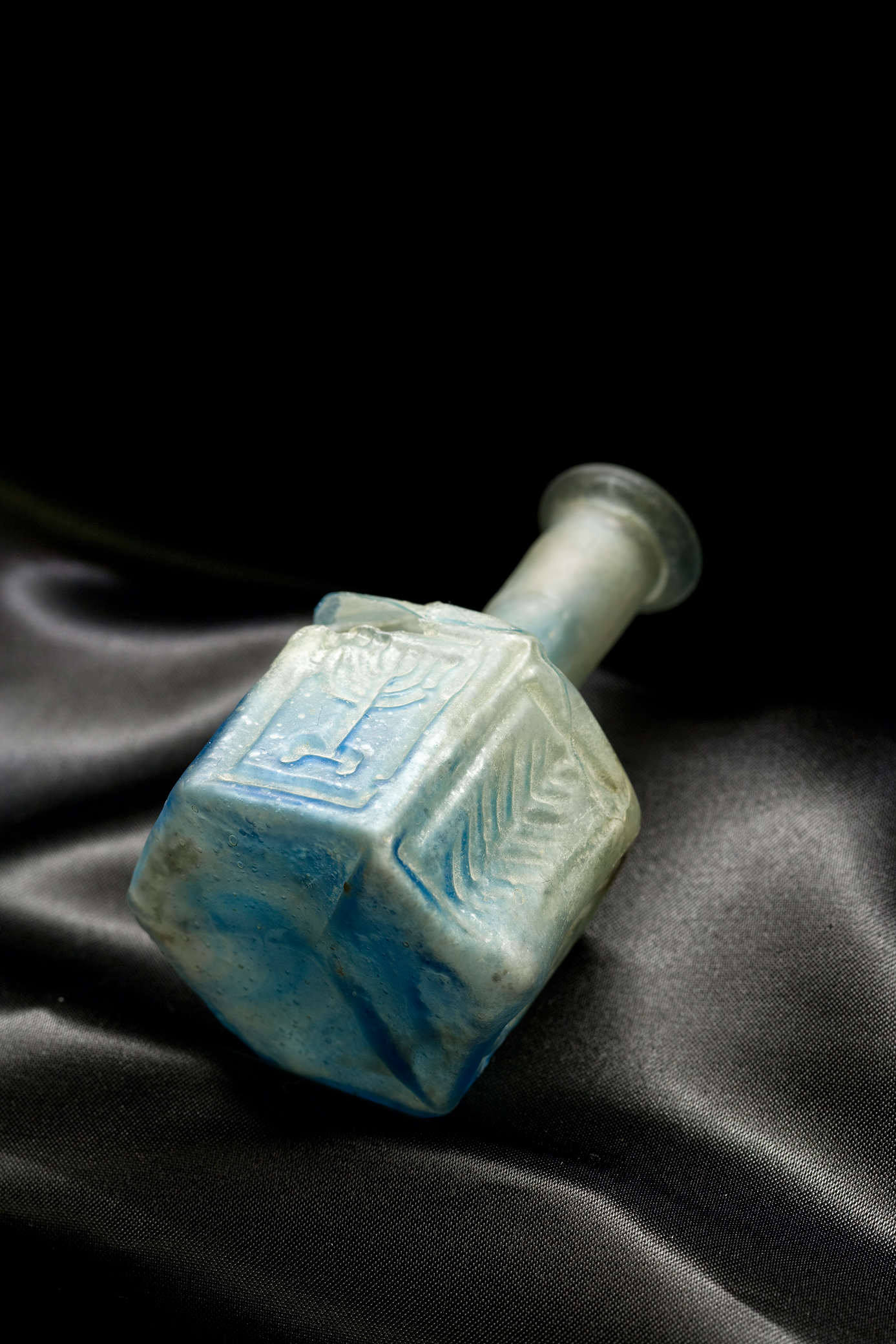
Inaugurated in Granada in 2014, the Palacio de los Olvidados (Palace of the Forgotten) attempts to answer a pending question left by one of the most important communities that have resided within it: the Jews.
Its name makes reference to the coat of arms of a property that had to be erased by the resident family upon conversion to Christianity, following the Edict of Expulsion.
This document, signed by the Catholic Monarchs, forced them to be baptised or suffer banishment, at attempt to homogenise a people that, whilst Christian, conserved cells of Jews who encouraged other converts to continue to practice their religion in secrecy (so-called Crypto-Judaism).
The two storeys of the palace focus on different aspects of this community, such as their situation prior to the Inquisition, the role of women within their culture and their rituals, customs and symbols. Attention is also drawn to important Jewish figures, such as Samuel ibn Nagrelay, Moisés ibn Ezra and Yehuda ibn Tibbon, whose statue has marked the entrance to the city''s old Jewish quarter, El Realejo, for many years.

